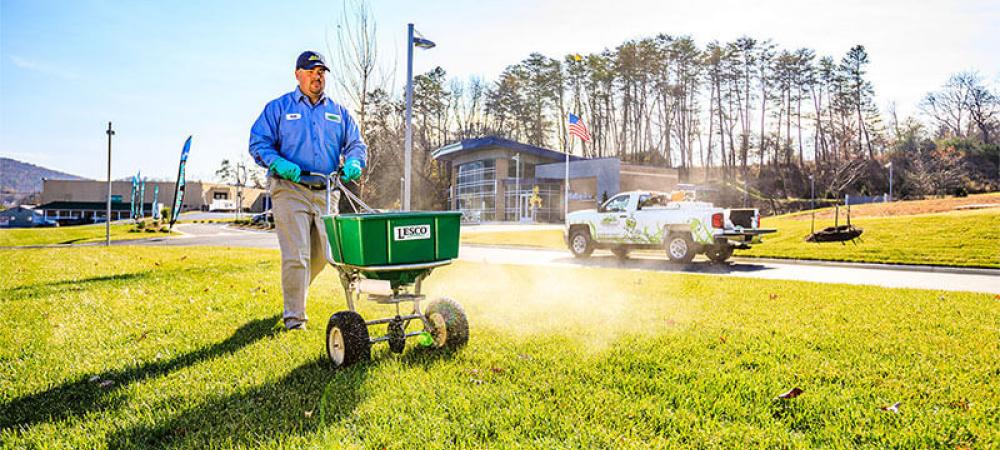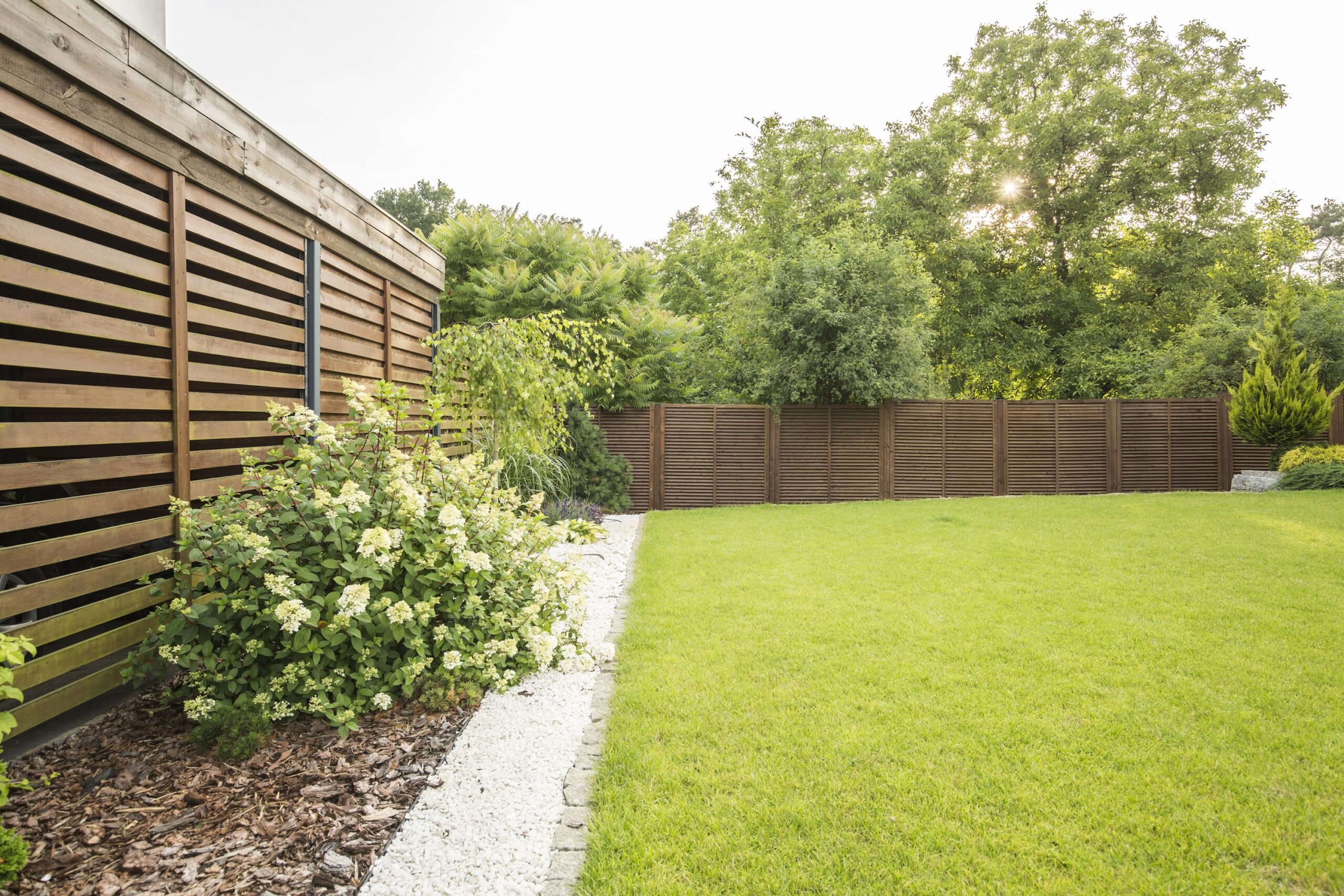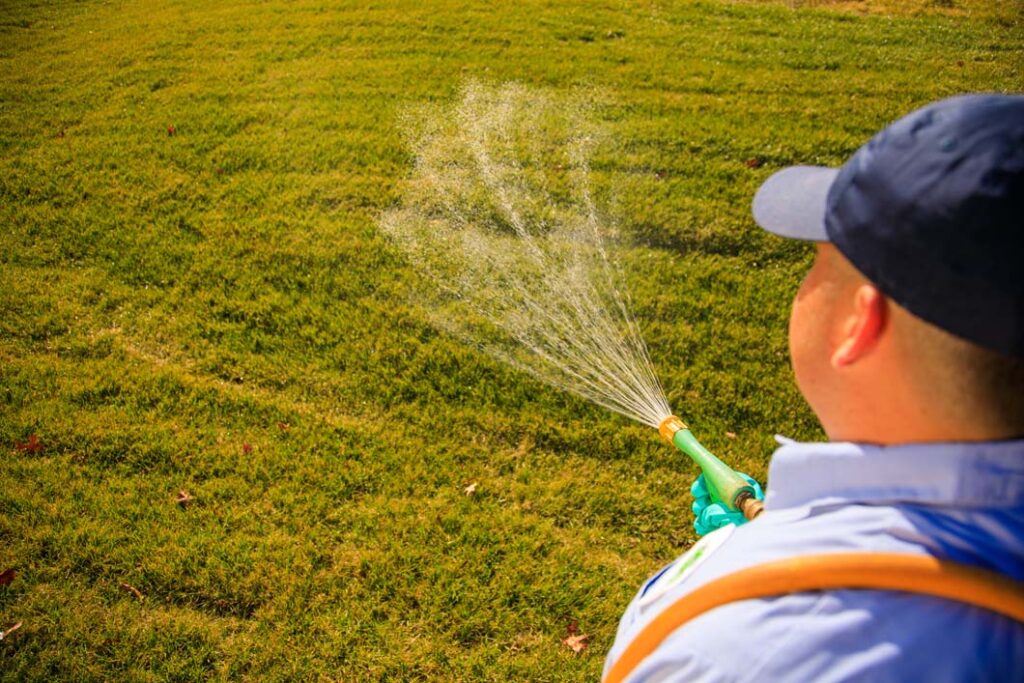
Maintaining a lush and healthy lawn in Charlotte, North Carolina, requires attention to detail, especially when it comes to mowing. Proper mowing height not only enhances the appearance of your lawn but also promotes its overall health and resilience. In this comprehensive guide, we’ll explore the best mowing height for grass in Charlotte and provide a month-by-month breakdown to help you create a tailored mowing calendar for optimal lawn care.
Understanding Types of Grass in Charlotte, NC
Before diving into the ideal mowing height, it’s crucial to understand the common grass types found in Charlotte, NC. The most prevalent grasses in the region include:
- Bermuda Grass: Known for its durability and resilience to heat, Bermuda grass thrives in the warm climate of Charlotte. It requires regular mowing to maintain its optimal height.
- Zoysia Grass: Another warm-season grass, Zoysia, boasts a dense and lush appearance. It thrives in Charlotte’s climate and tolerates moderate foot traffic.
- Tall Fescue: While not as common as warm-season grasses, tall fescue is prevalent in some areas of Charlotte. It’s a cool-season grass that requires different maintenance practices compared to Bermuda and Zoysia.
Note that North Carolina is a transitional zone, meaning that both warm-season and cool-season grasses may thrive in the region, though the three above are the ones we will be focusing on.
Best Mowing Height for Charlotte, NC
The ideal grass height varies depending on the grass type and seasonal conditions. Here’s a general guideline for the best mowing height for each grass type in Charlotte:
- Bermuda Grass: Maintain a mowing height between 1.5 to 2.5 inches during the active growing season (spring and summer). For winter dormancy, raise the height to 2.5 to 3 inches.
- Zoysia Grass: Keep the mowing height between 1 to 2 inches during the active growing season. Adjust to 2 to 2.5 inches in the winter months.
- Tall Fescue: Maintain a mowing height of 2.5 to 3.5 inches throughout the year, adjusting slightly lower during periods of active growth and higher during dormancy.
Monthly Mowing Calendar for Charlotte, NC
Now, let’s break down the proper height and frequency for each month in Charlotte:
January
- Mowing Frequency: Minimal mowing is required as most grasses are dormant.
- Mowing Height: For Bermuda and Zoysia, maintain a height of 2.5 to 3 inches. For Tall Fescue, maintain a height of 3 to 3.5 inches, if necessary.
- Watering: Minimal watering is required during dormancy only if the soil becomes excessively dry due to lack of rainfall or winter drought conditions.
February
- Mowing Frequency: Limited mowing may be necessary as warmer days may stimulate some growth.
- Mowing Height: Same as January.
- Watering: Minimal watering is required only if soil moisture levels are low. Monitor for signs of dehydration, especially in exposed areas.
March
- Mowing Frequency: Begin regular mowing as grasses enter the active growing season.
- Mowing Height: For Bermuda and Zoysia, lower the height to 1.5 to 2 inches. For Tall Fescue, maintain a height of 2.5 to 3 inches.
- Watering: Start increasing watering frequency as temperatures rise and grass begins active growth. Water deeply once or twice a week, providing around 1 to 1.5 inches of water per week, depending on weather conditions and soil type.
April
- Mowing Frequency: Weekly mowing may be necessary as grass growth accelerates.
- Mowing Height: Same as March.
- Watering: Continue with deep watering once or twice a week, adjusting based on weather conditions. Monitor for signs of stress, such as wilting or browning, and increase watering if necessary.
May
- Mowing Frequency: Continue weekly mowing to keep up with rapid growth.
- Mowing Height: Same as April.
- Watering: Maintain consistent deep watering to support healthy growth. Pay attention to hot and dry periods, increasing watering frequency if needed to prevent drought stress.
June
- Mowing Frequency: Weekly mowing is essential to prevent grass from becoming too tall.
- Mowing Height: Same as May.
- Watering: With the onset of summer heat, increase watering frequency to twice per week or more, especially during periods of high temperatures. Ensure that the lawn receives around 1.5 to 2 inches of water per week.
July
- Mowing Frequency: Weekly mowing is crucial to control growth and maintain appearance.
- Mowing Height: For Bermuda and Zoysia, maintain a height of 1.5 to 2 inches. For Tall Fescue, continue to maintain a height of 2.5 to 3 inches.
- Watering: Continue with frequent watering to prevent drought stress. Deep watering in the early morning or late evening is ideal to minimize water loss through evaporation.
August
- Mowing Frequency: Weekly mowing remains necessary, especially during periods of rainfall.
- Mowing Height: Same as July.
- Watering: With the continued heat of summer, maintain frequent watering to prevent drought stress. Monitor soil moisture levels and adjust the watering frequency as needed to ensure the lawn receives around 1.5 to 2 inches of water per week.
September
- Mowing Frequency: Transition to bi-weekly mowing as grass growth begins to slow.
- Mowing Height: Maintain the same height as August.
- Watering: As temperatures begin to moderate, gradually reduce watering frequency while still ensuring that the lawn receives sufficient moisture. Monitor soil moisture levels and water deeply as needed, especially during dry spells.
October
- Mowing Frequency: Bi-weekly mowing may still be necessary, depending on weather conditions.
- Mowing Height: For Bermuda and Zoysia, gradually raise the height to 2 to 2.5 inches. For Tall Fescue, maintain the height between 2.5 to 3 inches.
- Watering: Adjust watering frequency as temperatures cool and rainfall increases. Reduce watering frequency but continue to monitor soil moisture levels, providing supplemental watering if necessary.
November
- Mowing Frequency: Reduce mowing frequency as temperatures cool and growth slows.
- Mowing Height: Adjust to the winter height for each grass type: 2.5 to 3 inches for Bermuda and Zoysia and 3 to 3.5 inches for Tall Fescue.
- Watering: With cooler temperatures and reduced evaporation rates, decrease watering frequency. Water deeply but less frequently, providing around 0.5 to 1 inch of water every 10 to 14 days, depending on rainfall and soil moisture levels.
December
- Mowing Frequency: Minimal mowing is required as grasses enter dormancy.
- Mowing Height: Same as November.
- Watering: Minimal watering is required during dormancy only if prolonged dry spells occur. Monitor soil moisture levels and water sparingly if necessary to prevent dehydration.
10 Easy Mowing Tips
Achieving a lush, vibrant lawn in Charlotte, NC, requires more than just regular mowing—it requires a combination of proper techniques and seasonal adjustments tailored to the unique characteristics of the region. Whether you’re a seasoned lawn care enthusiast or a novice homeowner looking to enhance your curb appeal, mastering the art of lawn mowing is essential.
Here is a set of general best practices to help you achieve a healthy, well-manicured lawn that thrives in the Queen City’s climate. From blade maintenance to mowing frequency, these tips will guide you toward lawn care success year-round:
- Follow the “1/3 Rule”: Avoid cutting more than one-third of the grass blade’s height in a single mowing session. Cutting too much at once can stress the grass and inhibit healthy growth.
- Keep Blades Sharp: Ensure that your mower blades are sharp to create clean cuts. While sharp blades have a clean cut, dull mower blades can tear the grass, leading to browning and increased susceptibility to disease.
- Alternate Mowing Patterns: Vary your mowing direction each time you mow to prevent soil compaction and encourage upright grass growth.
- Mow When Grass is Dry: Mow your lawn when the grass is dry to prevent clumping and ensure an even cut. Wet grass can clog the mower and create an uneven surface.
- Adjust Mowing Height Seasonally: Raise or lower the mower deck height based on the grass type and seasonal growth patterns. For warm-season grasses like Bermuda and Zoysia, lower the cutting height during the active growing season and raise it slightly during dormancy. For cool-season grasses like Tall Fescue, maintain a higher cutting height year-round.
- Maintain Consistent Mowing Frequency: To keep your lawn looking its best, stick to a regular mowing schedule. Adjust the frequency based on grass growth rates, weather conditions, and seasonal changes.
- Leave Grass Clippings on the Lawn: Consider using a mulching mower to finely chop grass clippings and return them to the lawn. Clippings act as natural fertilizer, returning nutrients to the soil and promoting healthy growth.
- Avoid Mowing in Extreme Heat: Minimize mowing during the hottest part of the day to prevent stress on the grass and yourself. Early morning or late afternoon is typically the best time to mow when temperatures are cooler.
- Practice Safety Precautions: Always wear appropriate protective gear, such as closed-toe shoes and safety glasses, when operating a lawn mower. Be mindful of rocks, sticks, and other debris that could become projectiles when mowing.
- Maintain Equipment Regularly: Keep your mower and other lawn care equipment well-maintained by cleaning them regularly, sharpening blades as needed, and performing routine maintenance tasks according to the manufacturer’s recommendations.
Maintaining the optimal mowing height for your grass type and adjusting it according to seasonal changes is essential for a healthy and vibrant lawn in Charlotte, NC. By following this detailed guide and monthly mowing calendar, you can ensure that your lawn remains lush and attractive year-round. Remember to also consider factors such as weather conditions, soil type, and lawn care practices to achieve the best results. With proper care and attention, your lawn will be the envy of the neighborhood.
For more tips and insights from your local lawn care technicians, please don’t hesitate to contact The Green Team!




